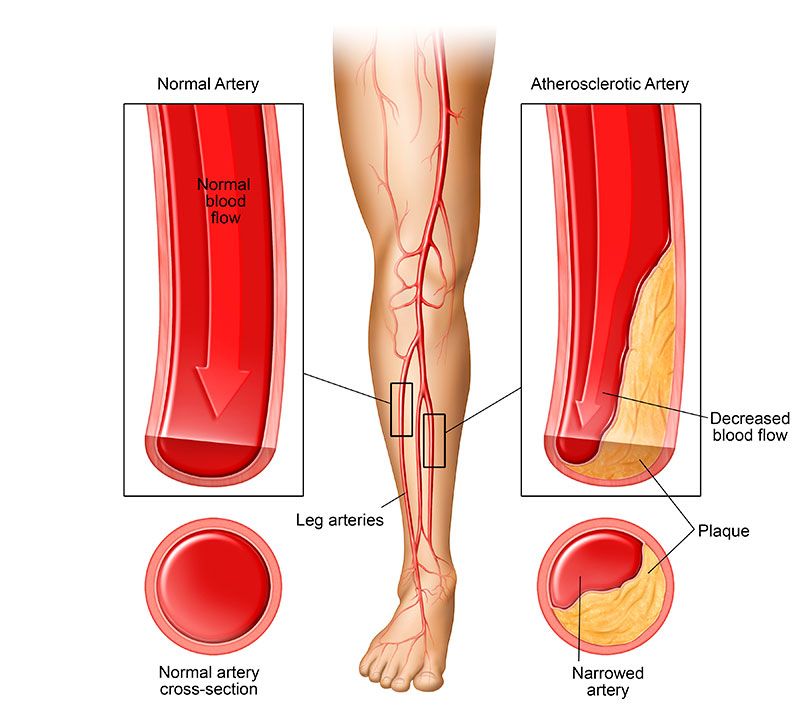Diagnostic Testing and Treatments for Peripheral Arterial Disease
Living With and Treating Peripheral Artery Disease

In our safe and welcoming surgical center in Long Beach, our team of interventional radiologists and vascular surgeons possesses the skills and resources necessary for the diagnosis, treatment, and management of peripheral arterial disease. Leveraging our unique depth of training, diagnostic proficiency, and cutting-edge imaging technology, we specialize in tailoring treatment plans for each individual PAD patient, aiming for the best possible outcome. Our commitment to delivering an outstanding patient experience with a focus on superior care is ingrained in our philosophy of patient care. For individuals diagnosed with peripheral arterial disease (PAD), we provide a range of minimally invasive outpatient procedures.

